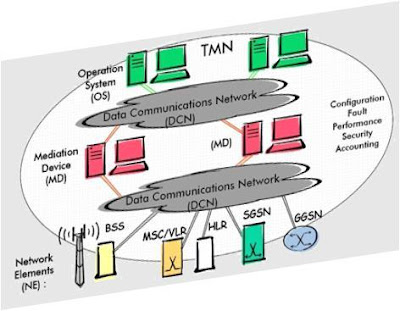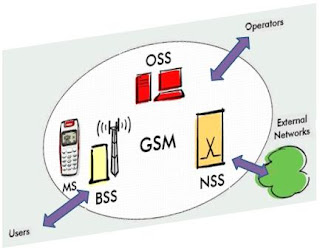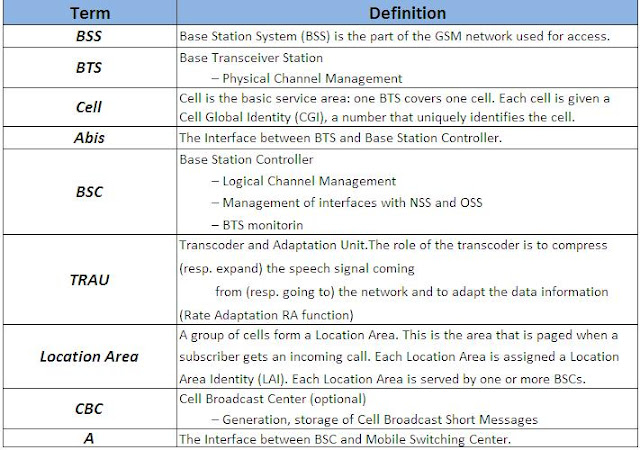Network coverage
A key part of any mobile phone specification is its operating frequency bands. The supported frequency bands determine
whether a certain handset is compatible with a certain network carrier.
 |
| Cell Phone Network Coverage |
You select the country you are interested in - as an example i selected Egypt - :
EGYPT
GSM 850 GSM 900 GSM 1800 GSM 1900 UMTS 850 UMTS 1900 UMTS 2100
No Yes Yes No No No Yes
Making calls, sending text messages and using GPRS/EDGE mobile data connection in the country of your choice requires a mobile phone that supports at least the frequency band filled as “Required” below.
2G capabilities
Required GSM 900
Recommended GSM 900 and GSM 1800
Making video calls and using a high-speed 3G data connection in the country of your choice, requires a mobile phone that supports at least the frequency band filled as “Required” below .
3G capabilities
Required UMTS 2100
Make note that for complete accuracy you should always check with your home service provider or with the local service providers in the country you are staying at.
Check Network Coverage for your Country GSM Arena - Network Bands
Source:
* GSM Arena
" Cell Phone Network Coverage " !









